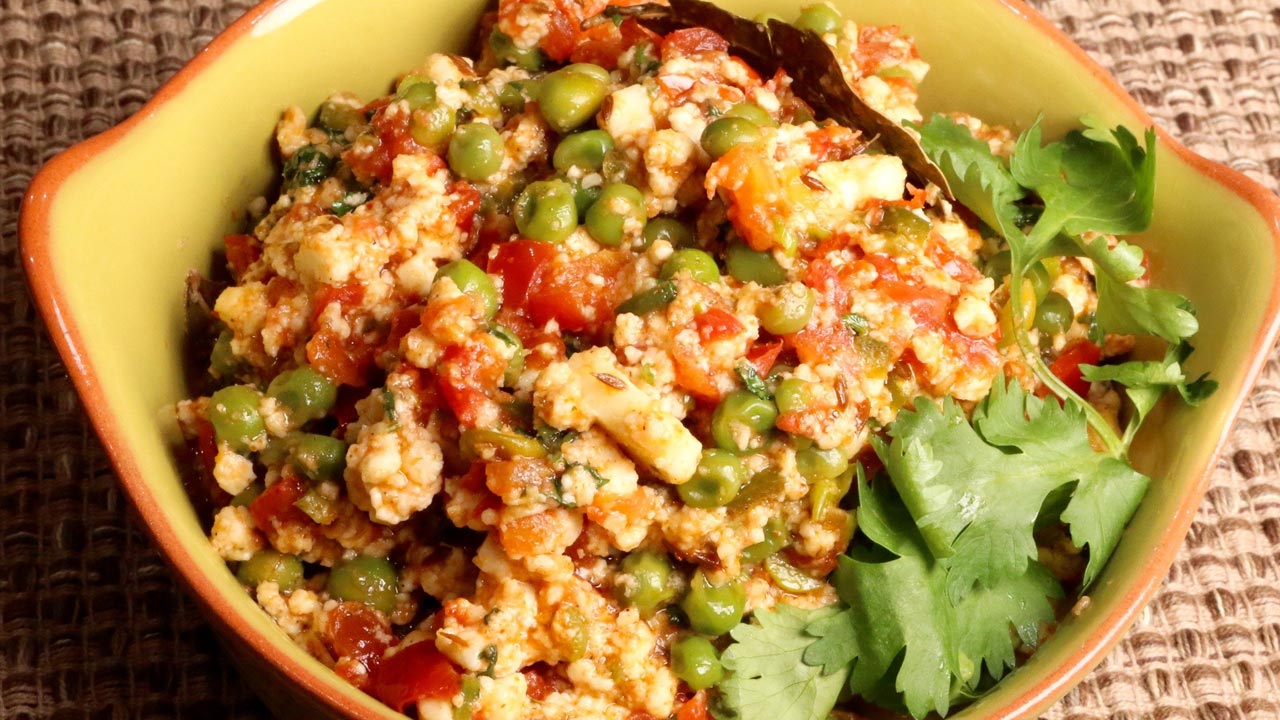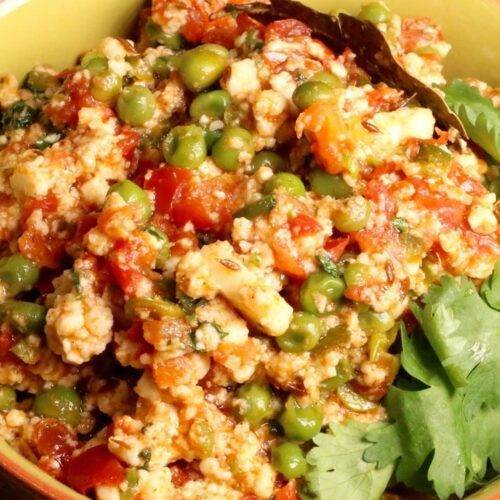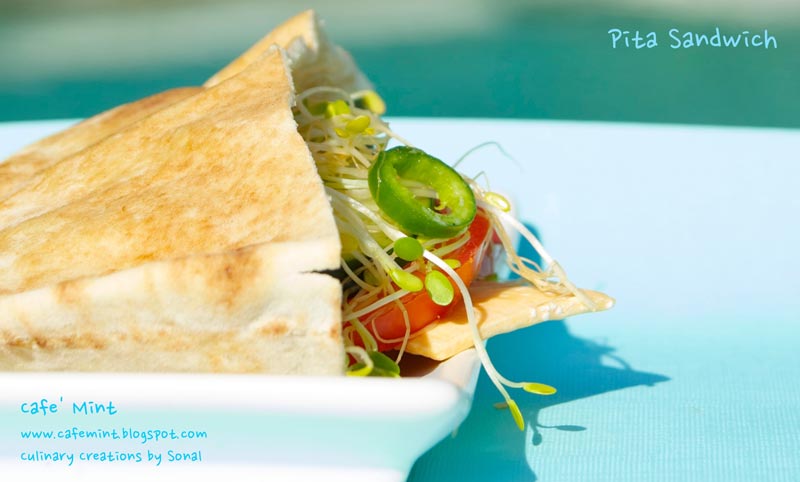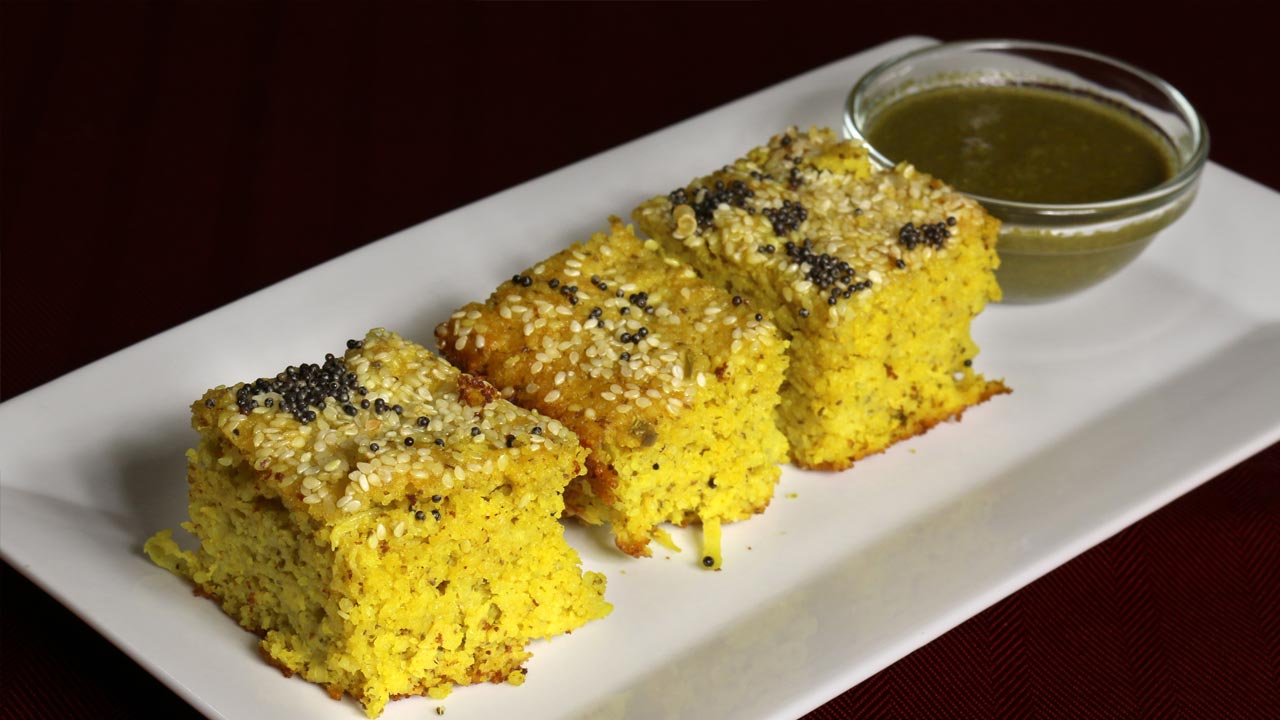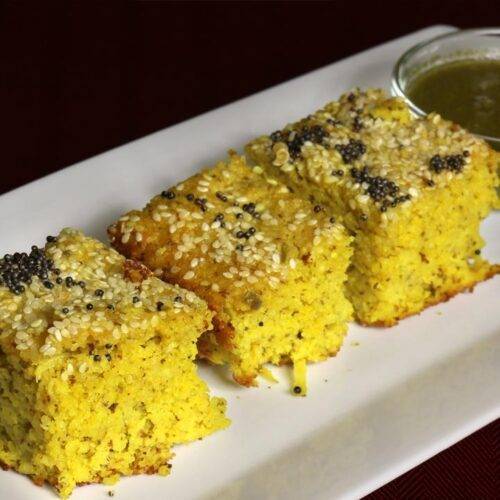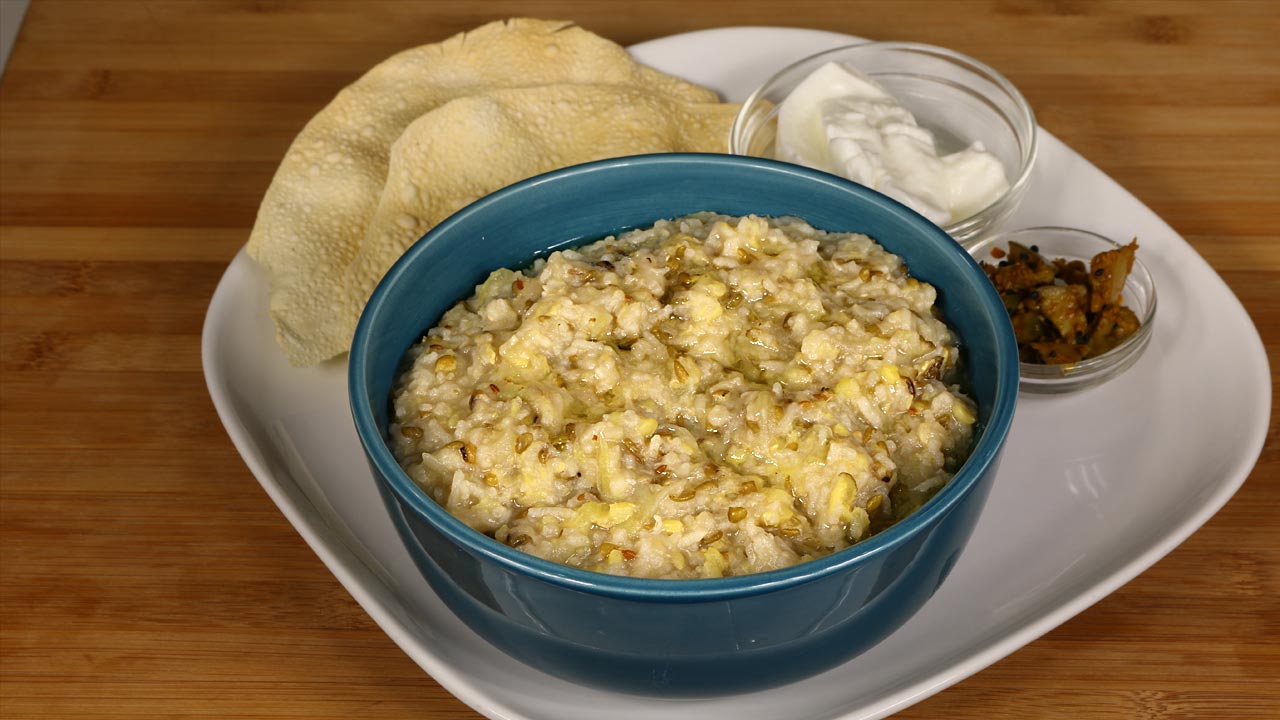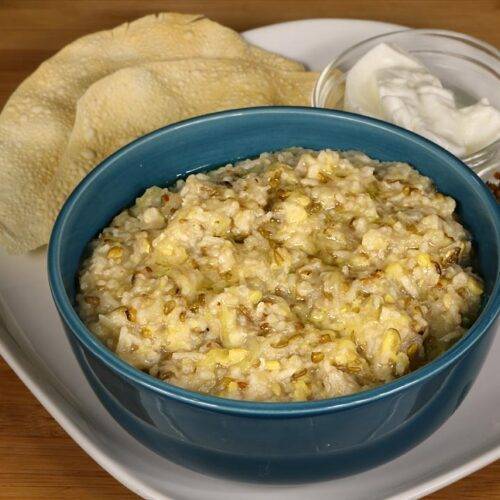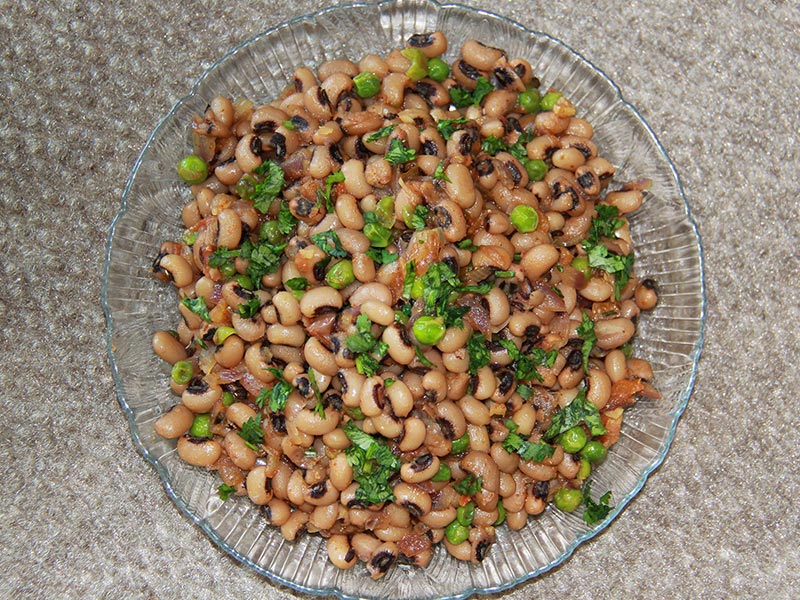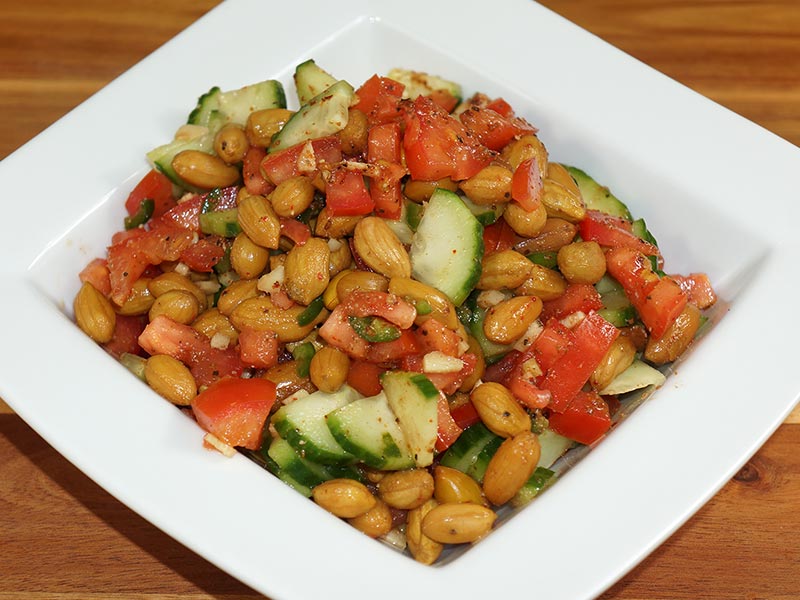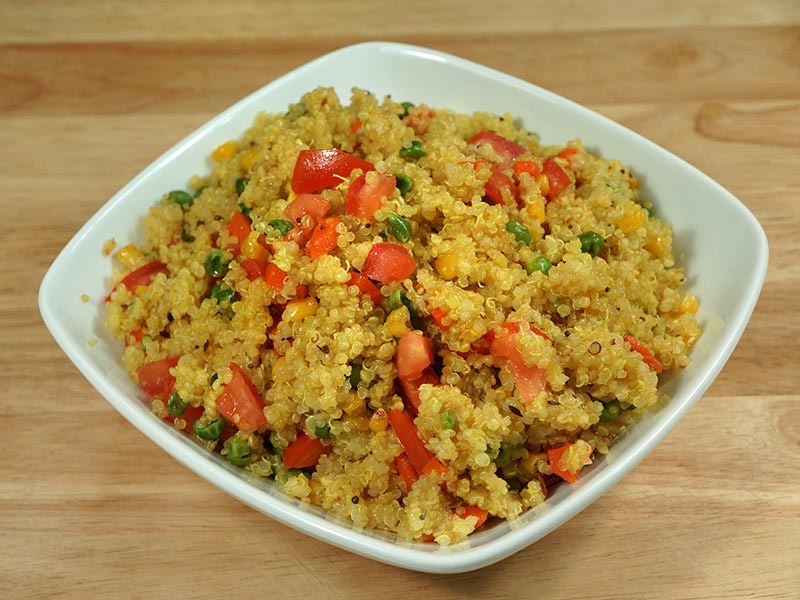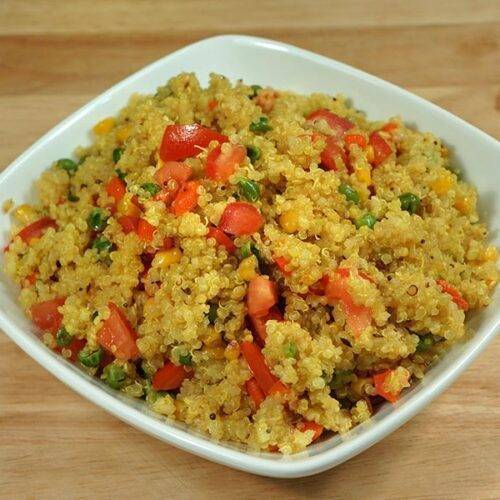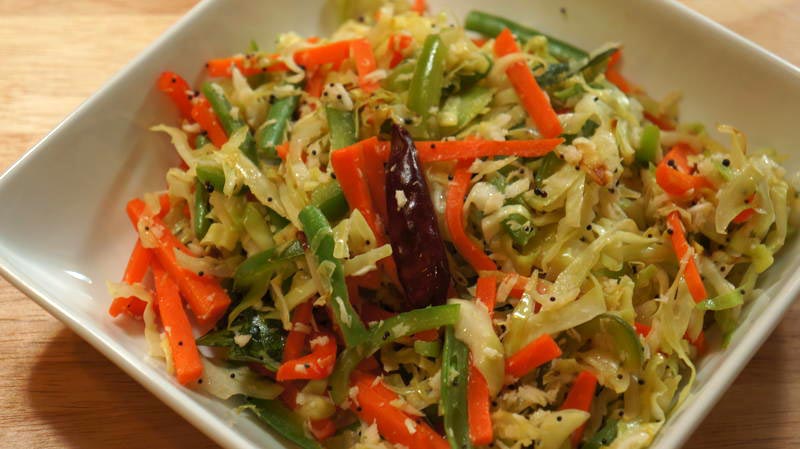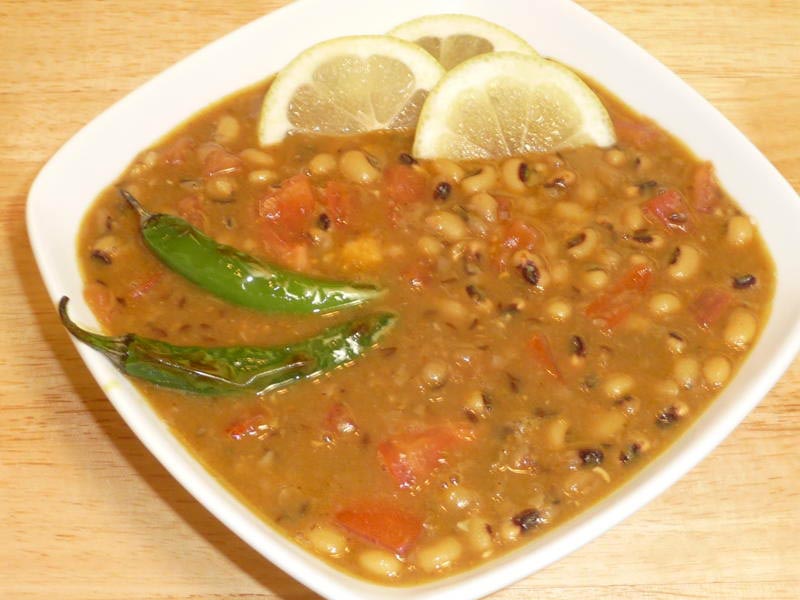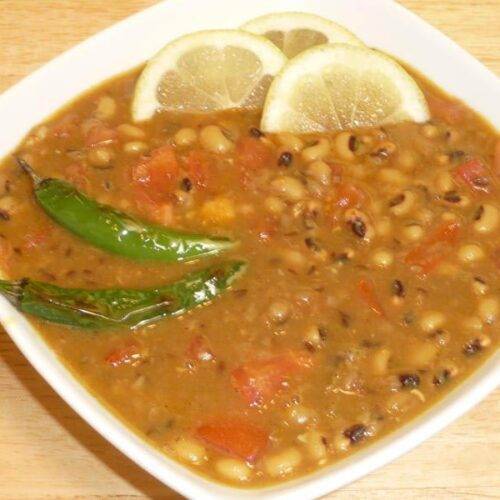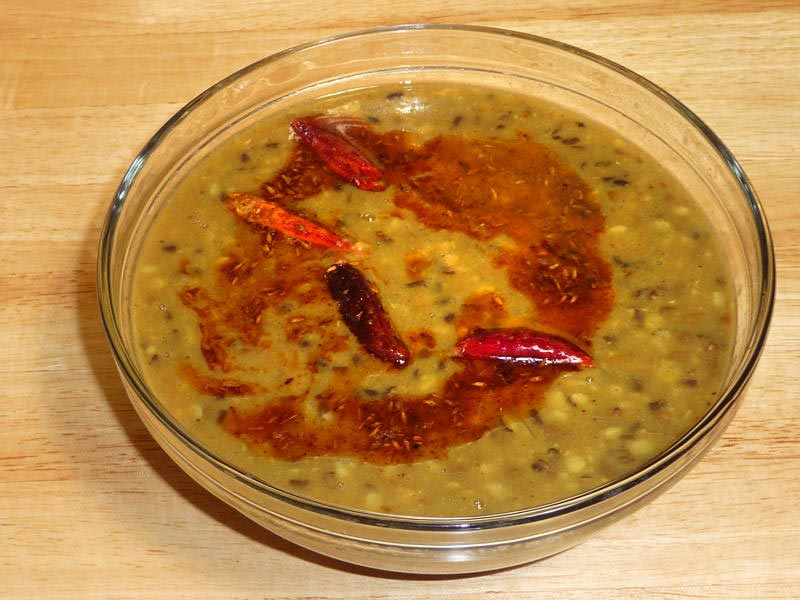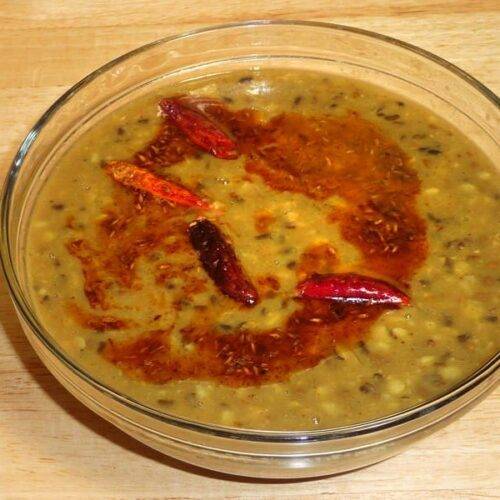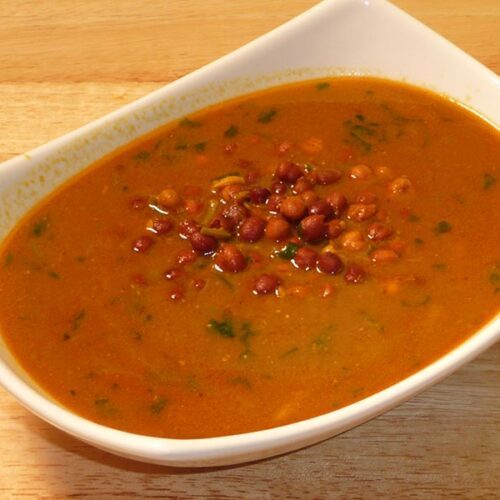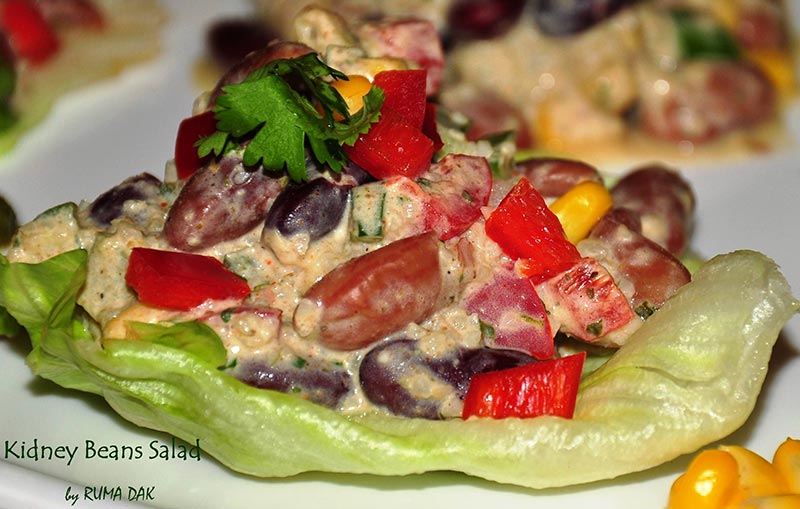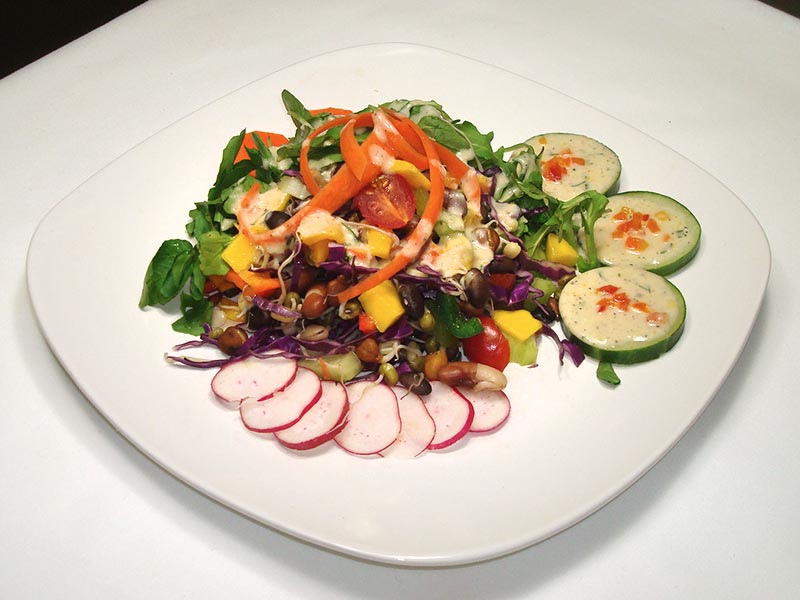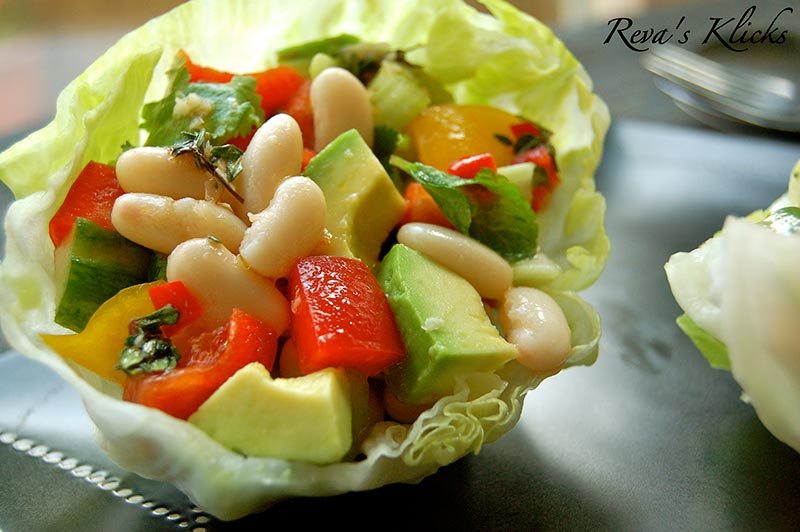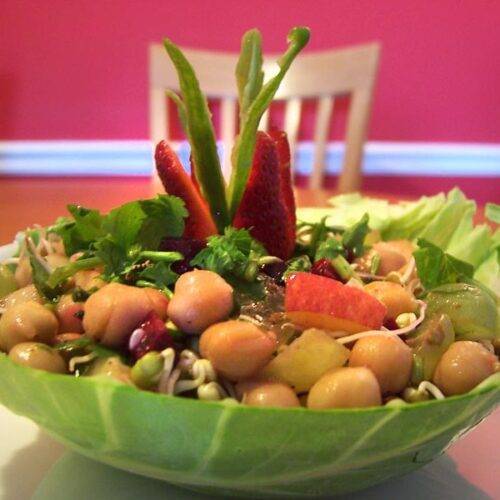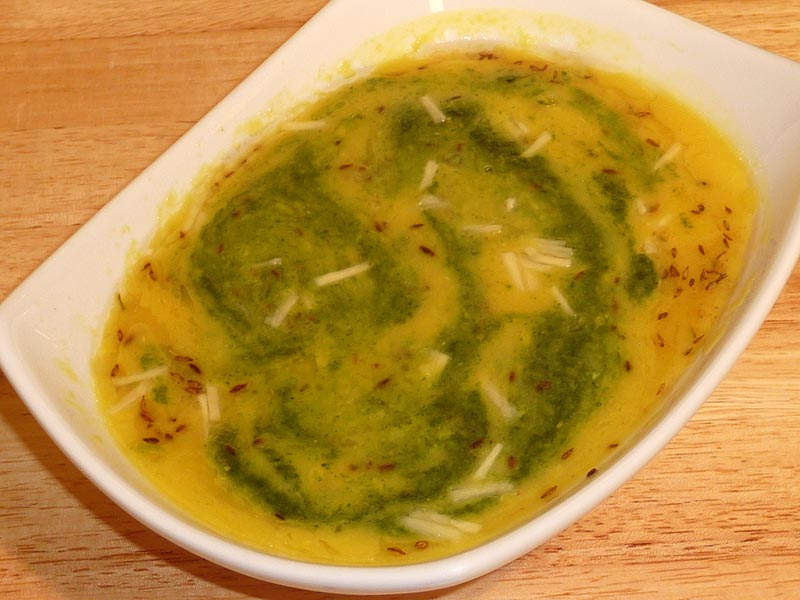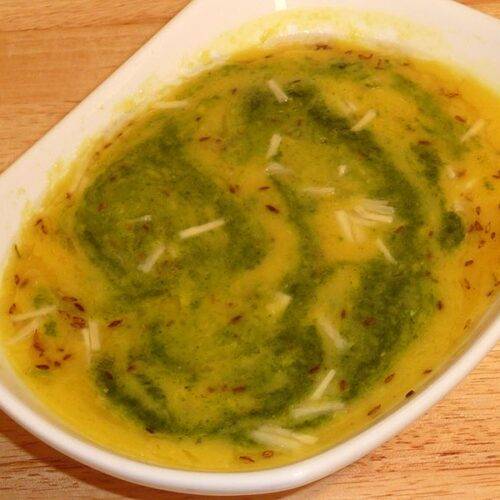Paneer Bhurji
Ingredients
- 1 cup paneer cut in small pieces
- 1 cup tomatoes chopped
- 1/2 cup green peas, I am using frozen green peas
- 2 tablespoons oil
- 1/2 tsp cumin seeds (jeera)
- 2 bay leaves
- 1 tablespoon finely chopped green chilies
- 2 teaspoon coriander powder (dhania)
- 1/2 tsp chili powder
- 1 teaspoon salt
- 1/2 teaspoon sugar
- 1/4 teaspoon garam masala
- 2 tablespoons finely chopped coriander (dhania)
Instructions
- Soak the paneer in hot water with 1/4 teaspoon of salt for five minutes. Drain the water and crumbled the paneer. This process will make the paneer soft, if you are using the fresh paneer skip this step. Set aside.
- Heat the oil in sauce pan over medium heat; after oil is moderately hot add cumin seeds.
- After the seeds crack add green peas, and green chili stir for about one minute. Add tomatoes, coriander, salt, sugar and red chili powder, stir and mix well. Cover the pan and cook for 3-4 minutes till the tomatoes and peas becomes soft.
- Add paneer stir and cook for 1-2 minutes. Don’t cook the paneer for a long time as paneer will lose the softness. If it is too dry add few spoons of water. Lastly add chopped coriander leaves to paneer bhurji and mix.
- Serve paneer bhurji with rotis, plain parathas or with a toast.
Notes
Paneer Bhurji Recipe: Crafting the Perfect Indian-Style Dish
Indulge in the savory goodness of vegetables sauteed paneer Bhurji, a quick & easy party recipe. This delightful, spicy dish features crumbled paneer simmered in a flavorful, gluten-free tomato gravy. Elevate your dining experience with this quick and easy paneer delight!
Step 1: Soaking and Crumbling Paneer for Paneer Bhurji
In the first phase of understanding how to make Paneer Bhurji, immerse the paneer in hot water with a quarter teaspoon of salt for five minutes. This crucial soaking process contributes to the softness of the paneer, a key aspect of the authentic paneer bhurji Indian style. Following this, carefully drain the water and proceed to crumble the paneer, enhancing the overall texture of the dish.
Step 2: Sautéing Cumin Seeds and Building Flavor in Paneer Bhurji Recipe
As you embark on the journey of preparing this delectable paneer bhurji Indian style, heat oil in a saucepan over medium heat. Once the oil reaches the desired temperature, introduce cumin seeds, infusing the dish with a distinct aroma. Let the seeds crackle, then add green peas and green chili, stirring for about a minute. This process forms the flavorful foundation of the paneer bhurji recipe.
Step 3: Cooking Tomatoes, Spices, and Peas for Paneer Bhurji
Continuing the exploration of how to make paneer bhurji, incorporate tomatoes, coriander, salt, sugar, and red chili powder into the pan. Thoroughly mix these ingredients to coat the vegetables, creating a harmonious blend of spices in your paneer bhurji Indian style. Cover the pan and allow the mixture to cook for 3-4 minutes, ensuring the tomatoes and peas reach a soft, succulent state.
Step 4: Incorporating Paneer and Finalizing Paneer Bhurji Recipe
Now, in the heart of the paneer bhurji recipe, gently introduce the crumbled paneer into the aromatic mixture. Stir it delicately, ensuring an even distribution throughout the dish. Cook for a brief 1-2 minutes, being mindful not to overcook the paneer as it might compromise its softness. If needed, add a few spoons of water to maintain the desired consistency. For the finishing touch, generously sprinkle chopped coriander leaves into the paneer bhurji Indian style, elevating the flavors to perfection.
Step 5: Serving the Versatile Paneer Bhurji
As you present your culinary creation, serve the paneer bhurji with rotis, plain parathas, or toast. The adaptability of this dish makes it a delightful addition to any meal. Whether enjoyed on its own or used as a stuffing, it is recommended to maintain a dry texture if you plan to utilize the paneer bhurji Indian style for stuffing purposes.
If you liked the recipe of Paneer Bhurji you may also try: Spinach Kofta Curry, Urad Dal Kachori, Hara Bhara Kabab, Cocktail Green Peas Samosa & Paneer Makhani

